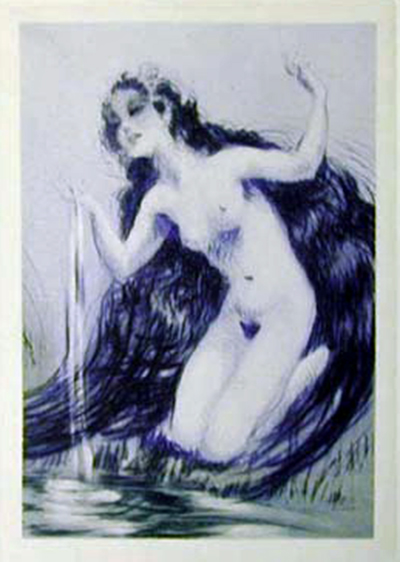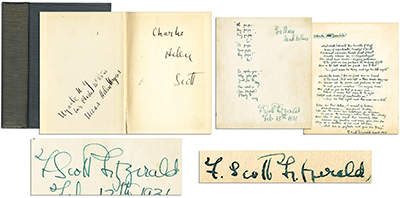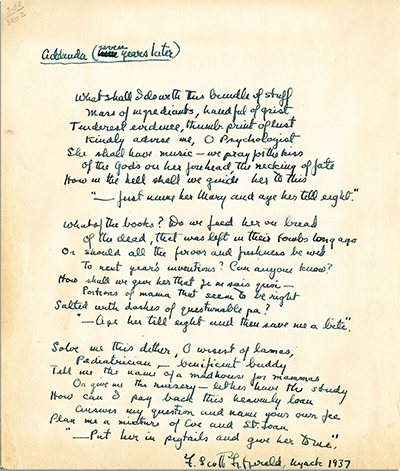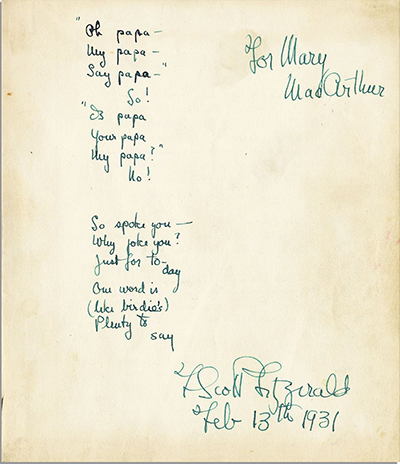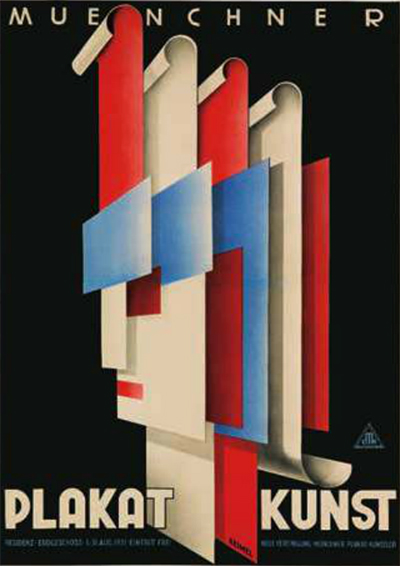by Stephen J. Gertz
A sudden blow: the great wings beating still
Above the staggering girl, her thighs caressed
By the dark webs, her nape caught in his bill,
He holds her helpless breast upon his breast.
How can those terrified vague fingers push
The feathered glory from her loosening thighs?
And how can body, laid in that white rush,
But feel the strange heart beating where it lies?
A shudder in the loins engenders there
The broken wall, the burning roof and tower
And Agamemnon dead.
Being so caught up,
So mastered by the brute blood of the air,
Did she put on his knowledge with his power
Before the indifferent beak could let her drop?
In many versions of the story Zeus takes the form of a swan and rapes or seducs Leda on the same night she slept with her husband, King Tyndareus. In other versions, she lays two eggs from which the children hatch. In further versions, Helen is a daughter of Nemesis, the goddess who personified the disaster that awaited those suffering from the pride of Hubris.
The Middle Ages knew the myth of Leda through the literature of Ovid and Fulgentius. The artists of the Italian Renaissance were attracted to its classical theme and implicit eroticism, which Loüys made gracefully, gently explicit, the hallmark of his erotic works.
The limitation to Icart's Leda by Loüys is as follows:
• Three copies on velin blance with a set of the 2nd state with remarques, nos. 17 - 19.
• Three copies on velin teinte with a set of the 2nd state with remarques, nos. 20 - 23.
• 125 copies on velin crème, nos. 23 - 147.
Images courtesy of Swann Auction Galleries, with our thanks.___________
___________Image may be NSFW.
Clik here to view.![]()
Swann Auction Galleries is offering a copy of the Louis Icart-illustrated edition of Leda, Pierre Loüys adaptation of the classic tale from Greek mythology, Leda and the Swan, in their 19th & 20th Century Prints and Drawings sale this Thursday, March 7, 2013. One of 125 copies on vélin crème out of a total edition of 147 with sixteen drypoint etchings by Icart, it is estimated to sell for $2,500 - $3,500.
Leda and the Swan is the Greek myth in which the god Zeus, in the form of a swan, seduces, or rapes, Leda, daughter of the Aetolian king, Thestius. In later Greek mythology, Leda bore Zeus's children, Helen and Polydeuces, while at the same time bearing Castor and Clytemnestra, children of her husband Tyndareus, the King of Sparta.
William Butler Yeats adapted the myth in a powerful 1924 sonnet.
William Butler Yeats adapted the myth in a powerful 1924 sonnet.
A sudden blow: the great wings beating still
Above the staggering girl, her thighs caressed
By the dark webs, her nape caught in his bill,
He holds her helpless breast upon his breast.
How can those terrified vague fingers push
The feathered glory from her loosening thighs?
And how can body, laid in that white rush,
But feel the strange heart beating where it lies?
A shudder in the loins engenders there
The broken wall, the burning roof and tower
And Agamemnon dead.
Being so caught up,
So mastered by the brute blood of the air,
Did she put on his knowledge with his power
Before the indifferent beak could let her drop?
In many versions of the story Zeus takes the form of a swan and rapes or seducs Leda on the same night she slept with her husband, King Tyndareus. In other versions, she lays two eggs from which the children hatch. In further versions, Helen is a daughter of Nemesis, the goddess who personified the disaster that awaited those suffering from the pride of Hubris.
The Middle Ages knew the myth of Leda through the literature of Ovid and Fulgentius. The artists of the Italian Renaissance were attracted to its classical theme and implicit eroticism, which Loüys made gracefully, gently explicit, the hallmark of his erotic works.
The first edition of Loüys' prose adaptation was published in an octavo by Librairie de l'art indépendant, Paris, 1893. A second, in quarto, was issued Paris: Édition du Mercure de France, 1898 with designs in color by Paul-Albert Laurens (1870-1934). Another edition was published in Paris, 1920, by Librairie Borel with illustrations by Antoine Calbet (1860-1944). In 1920, a privately printed English translation by American poet and classical scholar Mitchell S. Buck was published in New York in a collection titled, Byblis, Leda, and a New Adventure, limited to 925 copies.
Louis Justin Laurent Icart (1888-1950) was born in Toulouse, France. In 1907, at age nineteen, he moved to Paris and began to study painting, drawing, and etching. Icart is best known for his delightful etchings that captured the free spirit of life in Paris during the opening decades of the twentieth century and became a leading exponent of Art Deco design. By the late 1920s he was working for major fashion and design studios and had become artistically and financially successful. Though his style reflected the élan of Deco, it owed much to his studies of earlier artists such as Jean Antoine Watteau, Jean Honoré Fragonard and François Boucher. He also drew inspiration from the Impressionists as well as the Symbolist artists Odilon Redon and Gustave Moreau.
The limitation to Icart's Leda by Loüys is as follows:
• One copy on japon containing all of the original drawings and sketches, signed, one original copperplate, No.1
• Four copies on japon with a set of the first state and a set of the second state with remarques plus one copper plate, nos. II - V.
• Eleven copies on japon containing a set of the 2nd state with remarques plus one copper plate, nos.
VI - XVI.• Four copies on japon with a set of the first state and a set of the second state with remarques plus one copper plate, nos. II - V.
• Eleven copies on japon containing a set of the 2nd state with remarques plus one copper plate, nos.
• Three copies on velin blance with a set of the 2nd state with remarques, nos. 17 - 19.
• Three copies on velin teinte with a set of the 2nd state with remarques, nos. 20 - 23.
• 125 copies on velin crème, nos. 23 - 147.
This is a scarce edition in any example of its limitation. There appears to be only one copy in institutional holdings worldwide, at the Bibliothéque Nationale de France. According to ABPC, only one copy has previously come to auction within the last thirty-six years, the singular example, copy No.1 on japon containing all of the original drawings and sketches, signed, with one original copperplate. It sold at Sotheby's, May 22, 1997, lot 20 for $5,216.
__________[ICART, Louis, illustrator. LOÜYS, Pierre.Lêda ou la Louange des bienheureuses ténèbres, de Pierre Louÿs. Conte imagé de seize gravures à la pointe-sèche par Louis Icart. Paris: L. Icart (impr. de P. Renouard), [February] 1940. First edition thus, one of 125 numbered copies on vélin crème, from a total edition of 147. this being copy no. 102 . Quarto (11 1/2 x 8 in.; 290 x 205 mm, sheets). 24 pp. Sixteen drypoints printed in blue, five full-page. Full margins, loose as issued.
Original printed paper wrappers and marbled paste board portfolio and slip case.
___________
Images courtesy of Swann Auction Galleries, with our thanks.
___________Image may be NSFW.
Clik here to view.
